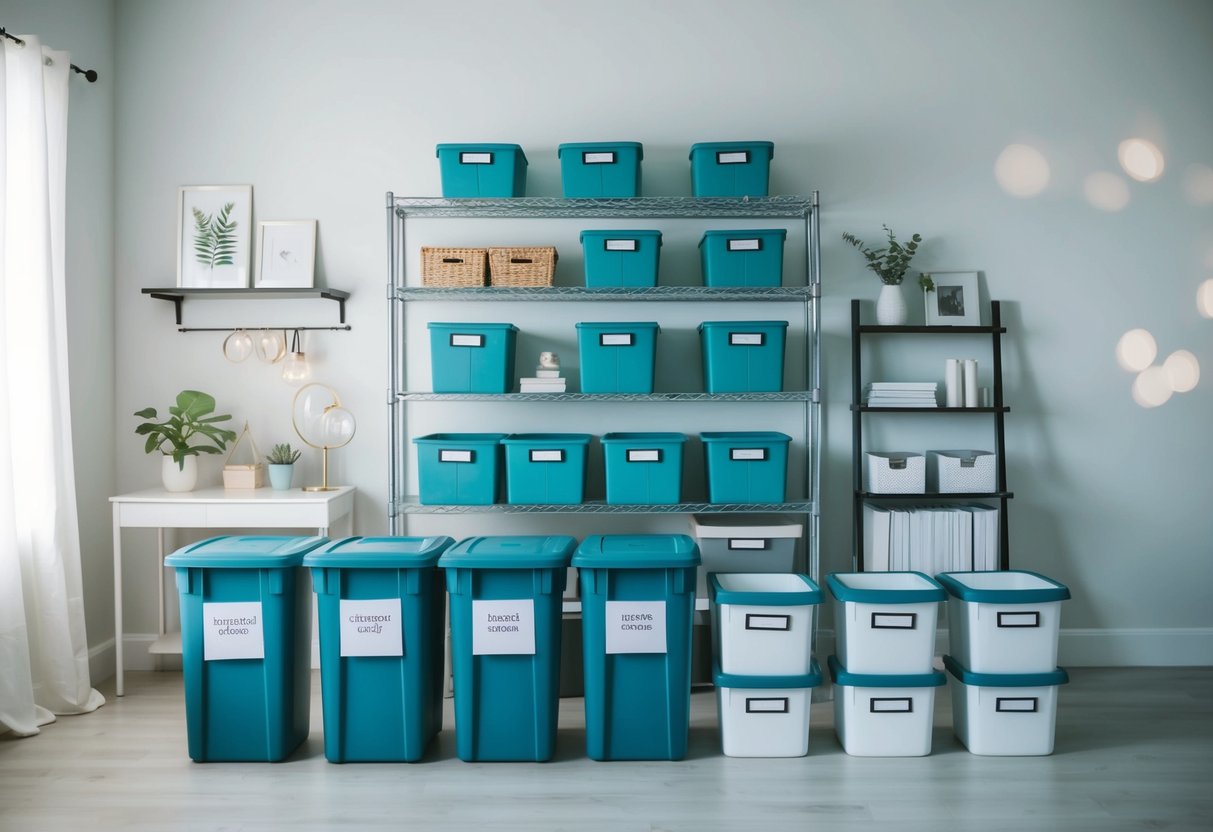Simple Steps to Declutter and Organize Your Home Effectively
Creating a Decluttering Plan
A successful decluttering plan lays the groundwork for a more organized home. Prioritizing specific goals and establishing a practical timeline helps streamline the process, making each step more manageable.
Setting Attainable Goals
Creating attainable decluttering goals means assessing each area of the home and determining what needs the most attention. Individuals should consider starting small, focusing on a single room or zone, which can make the task less daunting. Clarity in goals ensures focus and eases the decision-making process. For instance, simplifying a bedroom might include eliminating unused clothing or outdated electronics.
Achieving smaller goals boosts confidence and momentum. It helps to keep track of progress, as crossing tasks off the list can offer visible satisfaction and motivation. A timer for decluttering can maintain focus by setting a specific period for each task, whether it’s 15 minutes or an hour.
Decluttering Checklist and Timelines
A detailed checklist can serve as a roadmap throughout the decluttering journey. This checklist should list every item or area to tackle, ensuring nothing is overlooked. Timelines are equally vital, providing structure and pace for each step of the plan. Breaking down tasks by days or weeks helps to allocate time effectively and prevents the feeling of overwhelm.
Declutterers should ensure their checklist includes both tangible items and broader clean-up projects, such as organizing space within closets or drawers. Implementing a realistic timeline ensures sustainability and prevents burnout. Remember, the goal is progress, not perfection, so flexibility within the schedule can accommodate unforeseen challenges.
Executing Your Decluttering Plan

To effectively execute your decluttering plan, focus on organizing tasks efficiently. Using a timer can help maintain momentum, while sorting items by category provides clarity and a sense of accomplishment. These strategies streamline the process and ensure a more organized outcome.
Using a Timer to Stay on Track
A timer serves as a powerful tool for staying focused during decluttering. Setting a specific duration, such as 20 or 30 minutes for a session, creates a sense of urgency and encourages productivity. This approach prevents the process from feeling overwhelming, as tasks are broken down into manageable chunks of time.
Timers can be adjusted to fit personal schedules, making it easier to integrate decluttering into daily life. They also serve as reminders to take breaks, preventing fatigue and maintaining energy levels throughout the decluttering journey. By consistently using a timer, individuals can achieve more in shorter periods and stay motivated to continue organizing their spaces.
Declutter by Category, Not by Room
Adopting a strategy of decluttering by category rather than by room focuses efforts more logically and effectively. Begin by tackling items such as clothing, books, or kitchenware across the entire home. This method helps in recognizing duplicate items and making better decisions about what to keep or discard.
Sorting by category creates a clearer picture of how much of each type of item exists, reducing the risk of unnecessary accumulation. It fosters better organization since all similar items are addressed simultaneously and assigned their places promptly. This approach simplifies the decluttering process, making it more intuitive while also providing a sense of immediate accomplishment with each completed category.



